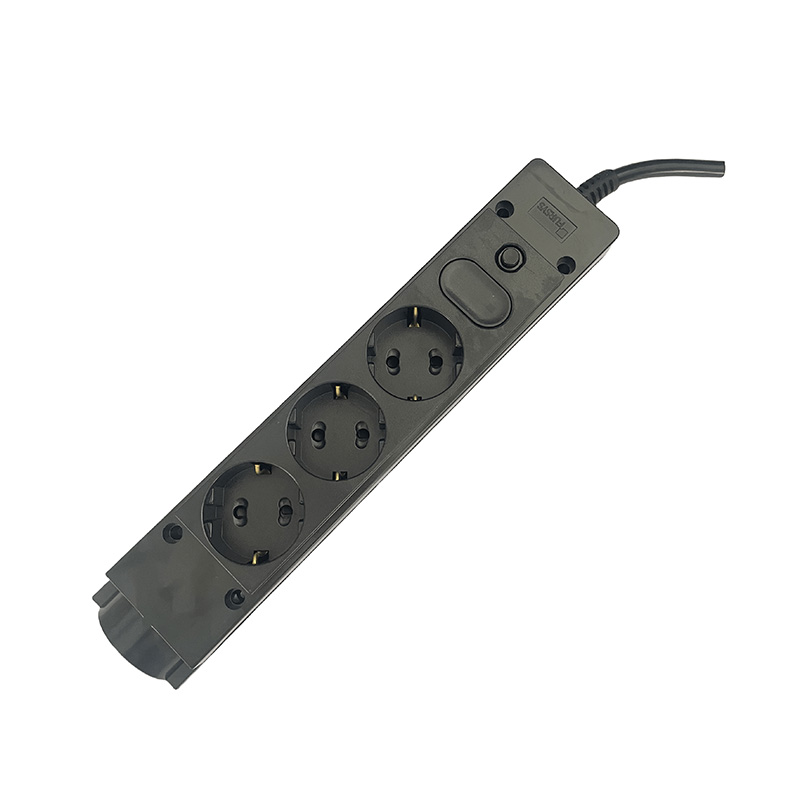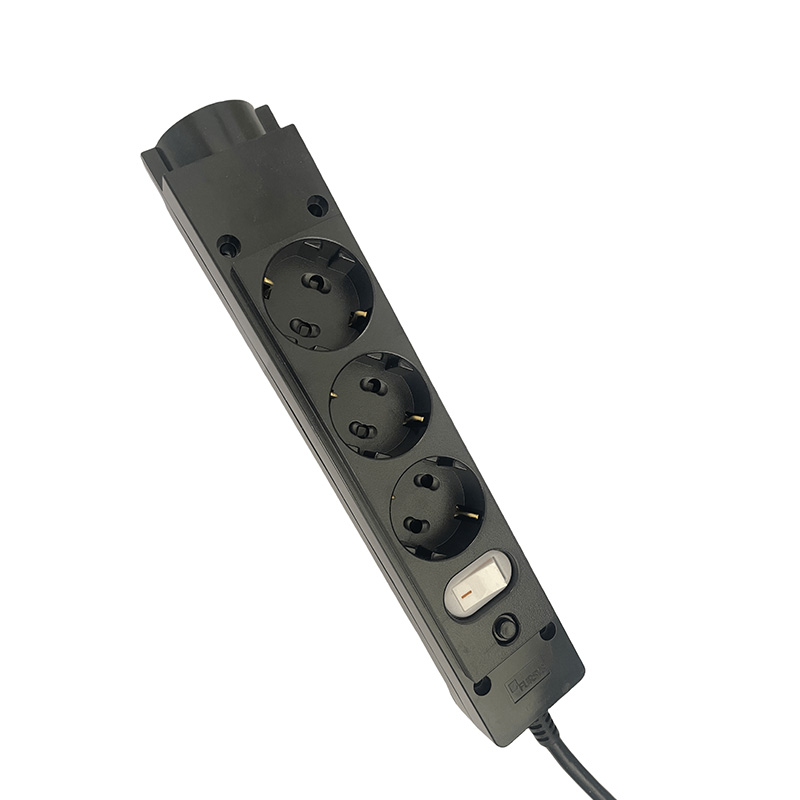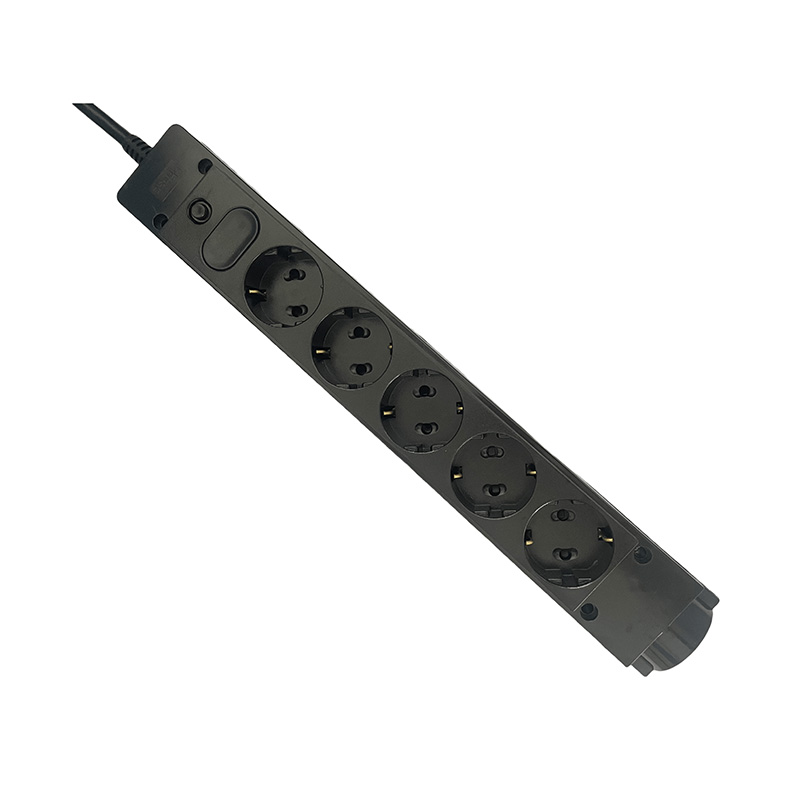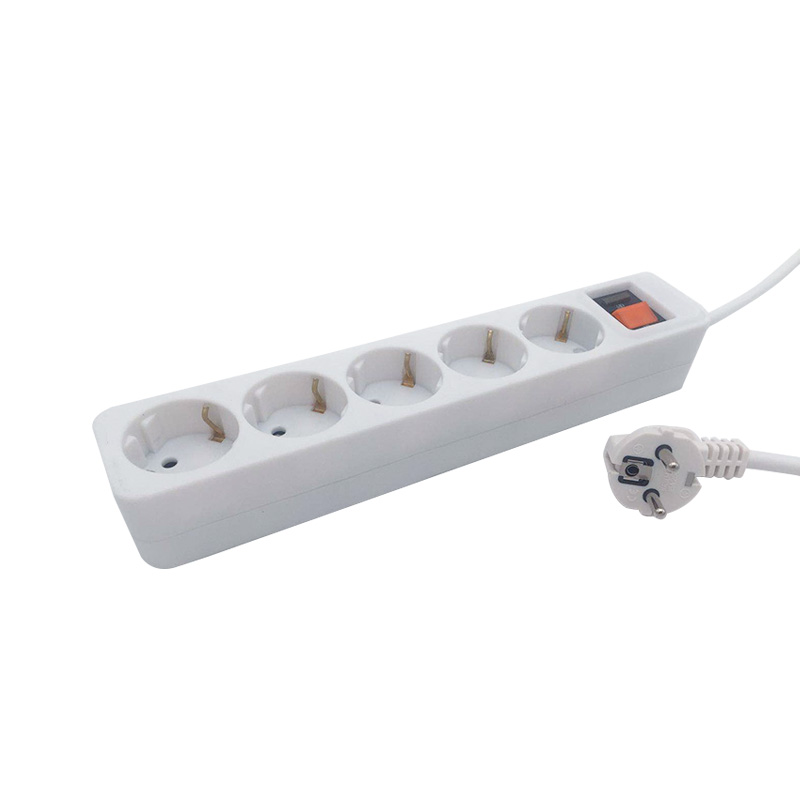Submit feedback
How can I maintain my cable reel to make it last longer?
 2025.10.31
2025.10.31
 Industry News
Industry News
Understanding the Importance of Cable Reel Maintenance
A cable reel plays a crucial role in safely storing and managing power or data cables. Whether it’s used in industrial environments, workshops, or home setups, regular maintenance ensures safety, efficiency, and longevity. Without proper care, a cable reel can suffer from wear, corrosion, or internal damage that may lead to electrical hazards or performance failure. Understanding how to maintain your cable reel effectively can significantly extend its lifespan and save long-term replacement costs.
Regular Cleaning to Prevent Dirt and Corrosion
Why Cleaning Matters
Cable reels are often exposed to dust, oil, and moisture, which can cause corrosion and mechanical stiffness. Regular cleaning helps prevent the buildup of dirt that can interfere with the reel’s rotation or damage the cable’s insulation. Clean reels also ensure smoother cable deployment and retraction, maintaining operational reliability.
Cleaning Steps
- Disconnect the reel from any power source before cleaning.
- Wipe down the reel and cable using a soft cloth and mild detergent.
- For stubborn dirt or grease, use isopropyl alcohol but avoid soaking electrical components.
- Dry completely before reconnecting or storing the reel.
Inspecting for Wear and Mechanical Damage
Visual Inspection Points
Routine inspection is a preventive measure that helps detect early signs of wear or malfunction. Pay attention to cracks, frayed cables, or deformation in the reel’s housing. Small issues caught early can prevent larger failures later.
- Check the cable insulation for cuts or exposed wiring.
- Ensure the reel’s spring tension mechanism operates smoothly.
- Inspect connectors and sockets for corrosion or loose fittings.
- Verify that the locking system engages and releases properly.
Using a Maintenance Log
Keeping a maintenance log is particularly useful in industrial environments. It records inspection dates, identified issues, and actions taken. This documentation ensures accountability and provides a timeline for scheduled maintenance, minimizing downtime and accidents.
Proper Storage for Longer Life
Ideal Storage Conditions
Storing a cable reel correctly when not in use is one of the simplest yet most effective ways to extend its lifespan. Environmental factors such as humidity, temperature, and sunlight can affect both the reel and cable integrity.
- Keep the reel in a dry, ventilated area to prevent rust or mold growth.
- Avoid direct sunlight or extreme heat that can weaken cable insulation.
- Store vertically when possible to reduce pressure on the cable layers.
- Use dust covers for added protection during long storage periods.
Table: Recommended Storage Conditions
| Temperature | 10°C to 30°C |
| Humidity | Below 70% |
| UV Exposure | Avoid Direct Sunlight |
| Position | Vertical Preferred |
Lubrication and Mechanical Maintenance
Lubrication ensures smooth reel rotation and prevents internal friction damage. Components like the axle, spring mechanism, and bearings may require occasional lubrication depending on the reel’s design. Always use lubricants compatible with the manufacturer’s specifications to prevent chemical degradation or residue buildup.
Steps for Proper Lubrication
- Turn off all power and discharge any stored energy.
- Access the mechanical parts as per the manual instructions.
- Apply a light amount of grease to moving components.
- Avoid over-lubricating, as excess oil can attract dust and debris.
Handling Practices to Prevent Damage
Improper handling can lead to cable twists, spring strain, and reel deformation. Operators should follow manufacturer guidelines to ensure safe and effective use. Never yank or force the cable during extension or retraction, and avoid stepping or placing heavy objects on it.
- Pull the cable straight to prevent internal torsion.
- Rewind the cable slowly and evenly after use.
- Do not overload the reel beyond its rated capacity.
- Inspect the plug ends before each use to ensure safety.
Conclusion: Consistency is Key
Maintaining your cable reel is not a one-time effort but a continuous process that ensures long-term performance and safety. By combining regular cleaning, inspection, lubrication, proper storage, and mindful handling, you can prevent common issues like corrosion, wear, and electrical failure. Investing a little time in maintenance now can save you significant costs and operational downtime in the future.
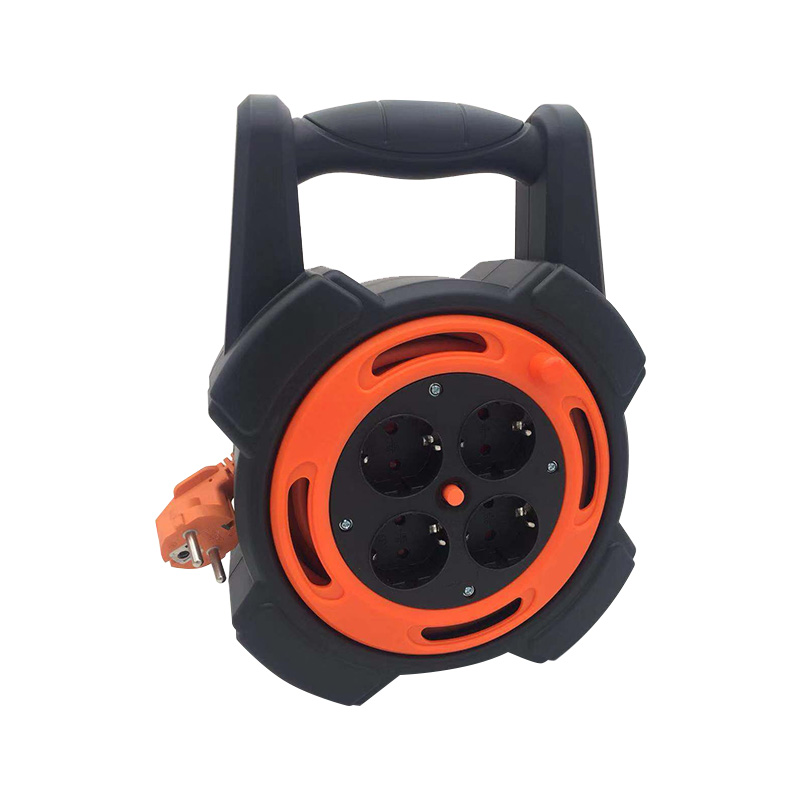
 TOP
TOP
 ENG
ENG
 English
English русский
русский 한국어
한국어 Deutsch
Deutsch



